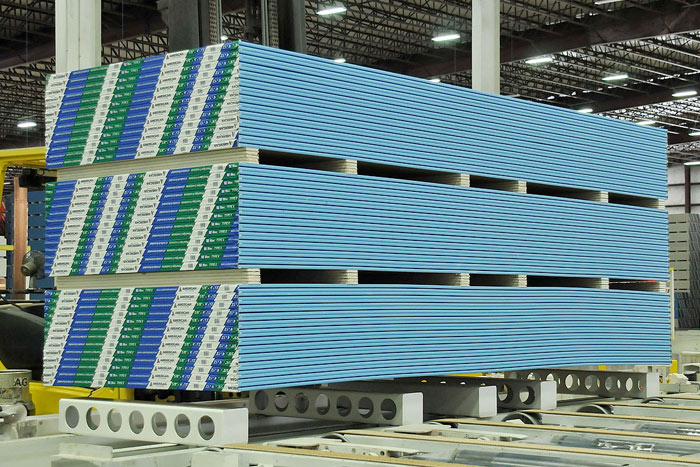In the realm of interior design and construction, the evolution of materials used for interior walls has played a pivotal role in shaping the aesthetics, functionality, and durability of our living spaces. Before the advent of drywall, various materials were employed, each with its unique characteristics and historical significance. In this blog post, we will delve into the fascinating world of interior wall materials that predated drywall, exploring their composition, construction techniques, and the impact they had on architectural styles throughout history.
- Wattle and Daub: A Primitive yet Ingenious Technique
Before the modern era, one of the earliest methods used to construct interior walls was the wattle and daub technique. This ancient practice involved weaving thin branches or reeds (wattle) together to form a framework, which was then coated with a mixture of mud, clay, and straw (daub). This combination provided insulation, soundproofing, and a rustic aesthetic, making it a popular choice in traditional dwellings across the globe. - Lath and Plaster: The Artistry of Craftsmanship
During the Renaissance and well into the 19th century, lath and plaster became the preferred method for interior wall construction. Laths, thin strips of wood, were nailed to the structural framework, creating a base for the plaster. Skilled craftsmen would then apply multiple layers of lime-based plaster, meticulously smoothing and shaping it to achieve a flawless finish. This technique allowed for intricate decorative elements, such as ornate moldings and intricate patterns, showcasing the artistry and craftsmanship of the era. - Adobe: Embracing Nature's Bounty
In regions with a warm and dry climate, adobe walls were a prevalent choice. Adobe, a mixture of clay, sand, straw, and water, was molded into bricks and left to dry in the sun. These bricks were then stacked and bonded together using a mud mortar. Adobe walls provided excellent thermal insulation, keeping interiors cool during scorching summers and warm during chilly nights. This sustainable and locally sourced material continues to be used in some regions, blending harmoniously with the natural surroundings. - Timber Frame: Embracing Structural Integrity
Timber frame construction, popular during the medieval period and beyond, involved the use of large wooden beams as the primary structural support. These beams were left exposed, creating a distinctive aesthetic. The spaces between the beams were filled with a combination of wattle and daub or lath and plaster, providing insulation and privacy. Timber frame walls allowed for flexible interior layouts and were often adorned with intricate carvings, showcasing the wealth and status of the inhabitants.
Conclusion:
Before the widespread adoption of drywall, interior walls were crafted with a diverse range of materials, each reflecting the unique cultural, environmental, and technological influences of its time. From the primitive yet ingenious wattle and daub to the artistry of lath and plaster, and the sustainable adobe walls, the evolution of interior wall materials is a testament to human creativity and adaptability. Understanding the history and characteristics of these materials not only enriches our knowledge but also inspires us to explore innovative approaches in modern interior design.

